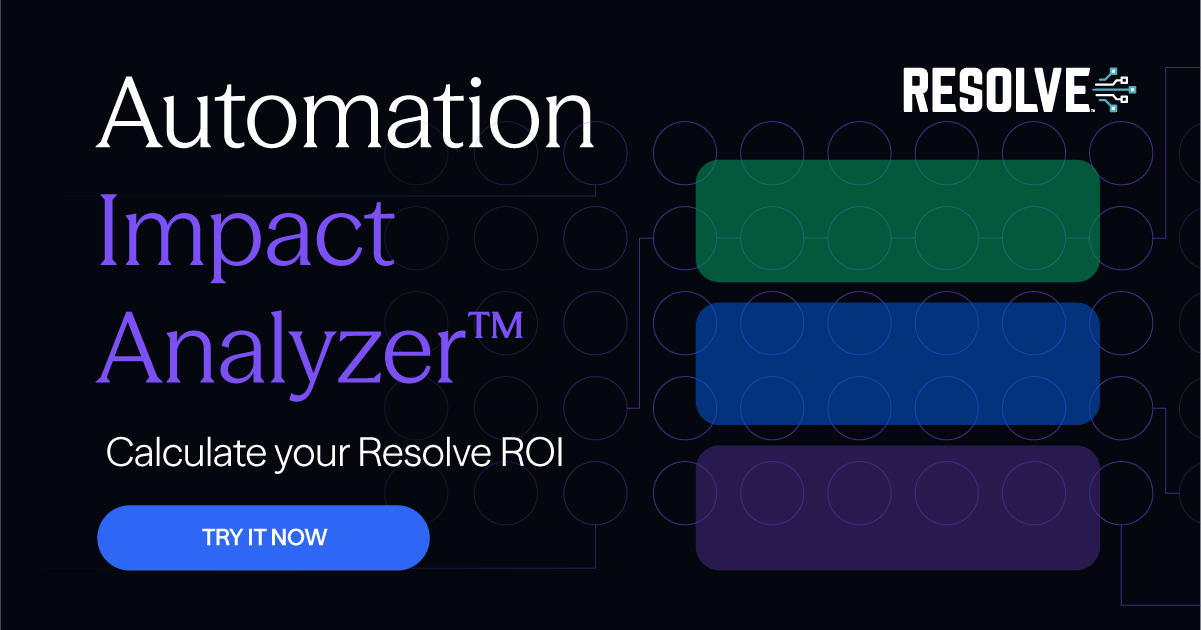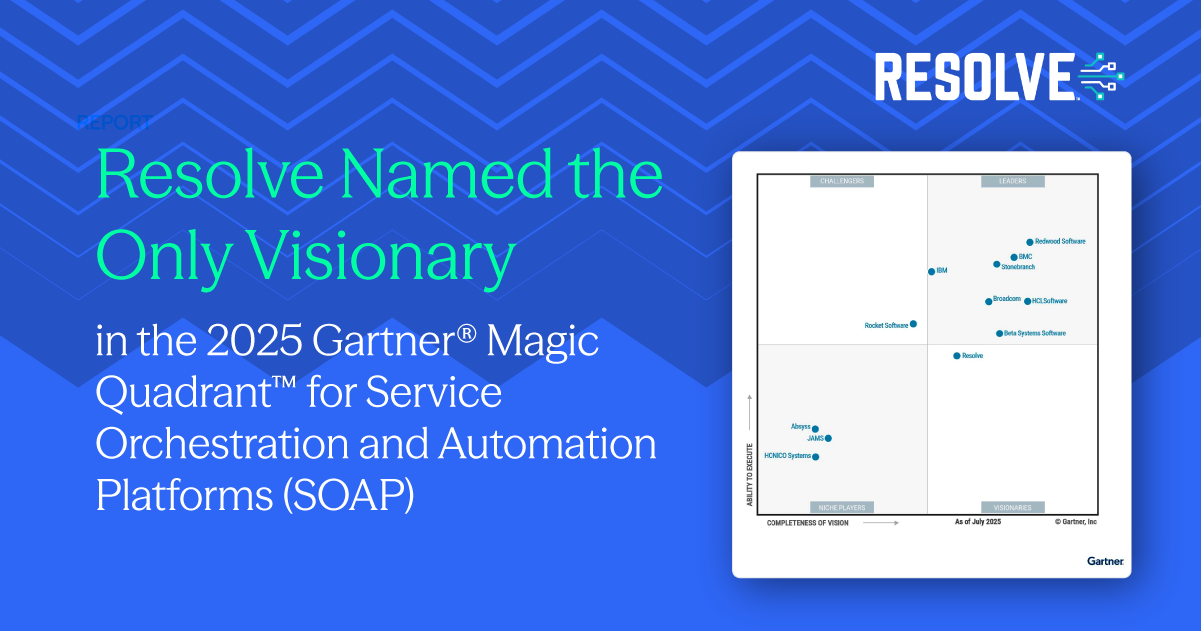
3 Ways Financial Institutions Can Reduce Operational Risk With Automation
Subscribe to receive the latest content and invites to your inbox.
The unexpected collapse of Silicon Valley Bank (SVB) in March served as a wake-up call for financial institutions, depositors, shareholders, and regulators alike. If a seemingly-solid bank like SVB can go under almost overnight, everyone has begun to wonder if any financial institution is safe, with banks and regulators worldwide analyzing the continued risk to the entire banking system.
While the fallout appears to be contained for now, make no mistake: every financial institution is working overtime to understand the operational factors, mismanagement issues, lack of regulatory oversight, and external economic issues that contributed to SVB's failure so that their bank isn't the next domino to fall.
Understanding operational risk
As financial institutions continue to assess their vulnerabilities and mitigate risk, many are taking a close look at the role their IT operations can play. In addition to helping their organizations digitally deliver banking services and help roll out innovative new products, IT is now being tasked with leveraging IT automation to help reduce operational risk.
According to the FDIC, operational risk is defined as "the risk of loss resulting from inadequate or failed internal processes, people, and systems or from external events. This definition includes legal risk, but excludes strategic and reputational risk." The FDIC categorizes operational risk into seven types:
Loss Event Types and Examples
Event TypeExamplesInternal fraudEmployee theft, intentional misreporting of positions, and insider trading on an employee's own accountExternal fraudRobbery, forgery, and check kitingEmployment practices and workplace safetyWorkers' compensation and discrimination claims, violation of employee health and safety rules, and general liabilityClients, products, and business practicesFiduciary breaches, misuse of confidential customer information, money laundering, and sale of unauthorized productsDamage to physical assetsTerrorism, vandalism, earthquakes, fires, and floodsBusiness disruption and system failuresHardware and software failures, telecommunication problems, and utility outagesExecution, delivery, and process managementData entry errors, collateral management failures, incomplete legal documentation, and vendor disputes
How IT automation can help reduce operational risk
IT operations can help their organizations manage and mitigate operational risks by using IT automation to improve how their systems, processes, and people work.
By leveraging machine learning and artificial intelligence, automation can help operations teams at financial institutions reduce their risk of loss by providing greater oversight, reducing manual intervention, minimizing human errors, and increasing response speed. Here are 3 ways that financial institutions can harness the power of IT automation to navigate a complex financial landscape.
1. Enhancing business continuity
Software errors, connectivity issues, and infrastructure problems can all lead to operational downtime and transaction delays that frustrate your employees and ruin the employee experience. The longer it takes to identify, diagnose, and remediate an incident, the more you risk financial losses, damage to your reputation, and potential regulatory penalties.
IT automation can help financial institutions optimize their incident response by validating alerts and automatically resolving common IT incidents using a library of pre-built, pre-approved automated workflows. In addition, automation can help eliminate false positives and conduct comprehensive, proactive diagnostics, and maintenance. This allows financial institutions to detect and fix problems faster, ensuring smooth operations while minimizing downtime.
2. Optimizing back office processes
In a typical financial institution, the back office is where all the real work happens. However, operational tasks like data entry, account reconciliation, transaction processing, administration, reporting, and document management can all be labor intensive and prone to mistakes as people copy spreadsheet cells or documents back and forth.
Automation can help improve efficiency and reduce errors by automatically taking on tasks like reconciliation, processing, reporting, and documentation, reducing the risk of data entry errors and incomplete documentation. It can also help generate accurate, real-time reporting that executives can use to gain insight into operations, while alerts can be set to help managers know when a risk threshold is close to being reached.
3. Streamlining onboarding and offboarding
New customers are the lifeblood of financial institutions. However, onboarding a new customer can be a time-consuming, complex task that requires financial institutions to do things like verify identification, set up passwords, and fund accounts. Meanwhile, the process of onboarding new employees can often take weeks, keeping an employee from being able to work at full productivity.
IT automation makes it simple to onboard customers and employees faster by triggering workflows that collect information, create accounts, change passwords, and more. In addition, automation can help protect organizations during the employee offboarding process by revoking access to files and accounts, redirecting email accounts, and archiving data in compliance with regulatory requirements.
IT automation offers financial institutions a powerful tool to mitigate their operational risks. By enhancing business continuity, optimizing back-office processes, and streamlining onboarding and offboarding, automation can help institutions reduce the risk of loss, minimize human errors, and respond more quickly to challenges.
Learn how Resolve can help financial institutions leverage purpose-built intelligent automation to accelerate, scale, and transform IT operations. Request a demo today.






